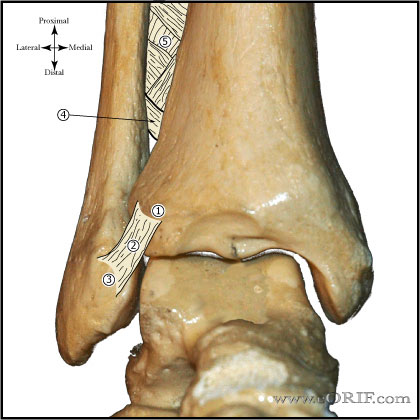|
|
synonyms: ankle sprain, ankle instability Ankle Instability ICD-10
Ankle Instability Etiology / Epidemiology / Natural History
Ankle Instability Clinical Evaluation
Ankle Instability Xray / Diagnositc Tests
Ankle Instability Classification / Treatment
Ankle Instability Associated Injuries / Differential Diagnosis
Ankle Instability Complications
Ankle Instability Follow-up Care
Ankle Instability Review References
|


